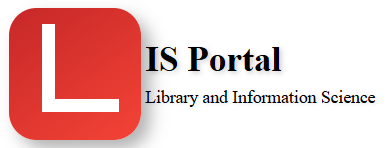Computer applications
Computer applications, also known as software or applications, are programs designed to perform specific tasks on a computer. They are written in programming languages and executed by the computer’s operating system.
Examples of computer applications include:
-
Productivity software: Microsoft Office, Google Workspace, and Apple iWork, used for creating, editing, and managing documents, spreadsheets, and presentations.
-
Graphics software: Adobe Photoshop, GIMP, and Inkscape, used for photo editing, graphic design, and digital illustration.
-
Web browsers: Google Chrome, Mozilla Firefox, and Microsoft Edge, used for browsing the internet and accessing online resources.
-
Media players: iTunes, VLC Media Player, and Windows Media Player, used for playing audio and video files.
-
Games: Fortnite, Minecraft, and Call of Duty, used for entertainment and gaming.
-
Educational software: Khan Academy, Duolingo, and Rosetta Stone, used for learning and education.
-
Database software: Microsoft Access, Oracle Database, and MySQL, used for organizing, storing, and managing large amounts of data.
In the context of library and information science, computer applications refer to software programs designed specifically for use in libraries to manage their collections, provide information services, and support administrative tasks.
Examples of computer applications used in library and information science include:
-
Library management systems: Software used to manage the library’s collections, catalog records, circulation, and patron information.
-
Discovery systems: Tools used by patrons to search and access the library’s collections, including books, journals, databases, and other resources.
-
Electronic resource management systems: Platforms used to manage and access the library’s electronic collections, including e-books, online journals, and databases.
-
Digital asset management systems: Tools used to manage and preserve the library’s digital collections, including images, audio and video files, and other digital content.
-
Reference and information management systems: Platforms used to provide reference and information services to patrons, including chat and virtual reference services.
-
Library website management systems: Content management systems used to create and manage library websites, providing access to online resources, services, and information.
-
Analytics and reporting systems: Tools used to analyze and report on library usage and performance, including circulation statistics, resource usage, and reference transactions.
Computer applications play a crucial role in today’s digital world, making it possible to perform a wide range of tasks on a computer, from simple data entry to complex simulations and data analysis. The number and variety of computer applications continue to grow, as new technologies and innovations emerge, providing users with powerful tools for personal and professional use.
